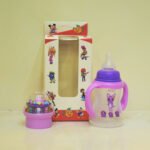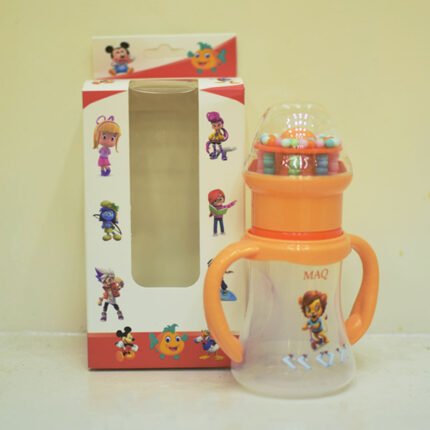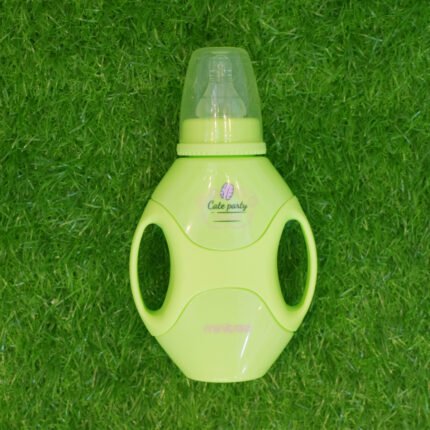A baby feeder typically refers to a device or container used to feed infants and young children. There are several types of baby feeders available, depending on the baby’s age, feeding stage, and parental preferences. Here are some common types of baby feeders:
- Bottles: Baby bottles are the most common type of baby feeder. They come in various shapes and sizes and are usually made of plastic or glass. Bottles are used to feed babies with formula milk, breast milk, or other liquids as they transition from breastfeeding to bottle-feeding.
- Nipples: Nipples are the part of the bottle that the baby sucks on to get the milk. They are available in different flow rates to accommodate the baby’s age and feeding ability.
- Sippy Cups: Sippy cups are designed for older infants and toddlers who are transitioning from bottles to regular cups. They have a spill-proof lid and a spout, making it easier for the baby to drink without making a mess.
- Baby Food Pouches: Baby food pouches are used to feed pureed or semi-solid foods to babies who are starting solids. They are convenient for on-the-go feeding and are available in various flavors and textures.
- Baby Spoons: Once babies start eating solid foods, baby spoons are used to feed them. These spoons are specially designed with softer tips to be gentle on the baby’s gums.
- Breastfeeding Equipment: For breastfeeding mothers, breast pumps and storage containers are essential baby feeders. Breast pumps allow mothers to express breast milk, which can be stored and later fed to the baby using bottles.
- Feeding Bottles for Special Needs: Some babies may have specific feeding requirements due to medical conditions or special needs. In such cases, specialized baby feeders, like cleft palate bottles or bottles designed for babies with reflux, may be used.
When selecting a baby feeder, it’s important to consider the baby’s age, development stage, and any specific needs they might have. Always follow the manufacturer’s instructions for proper use and maintenance of the baby feeder to ensure the baby’s safety and well-being.
















Reviews
There are no reviews yet.